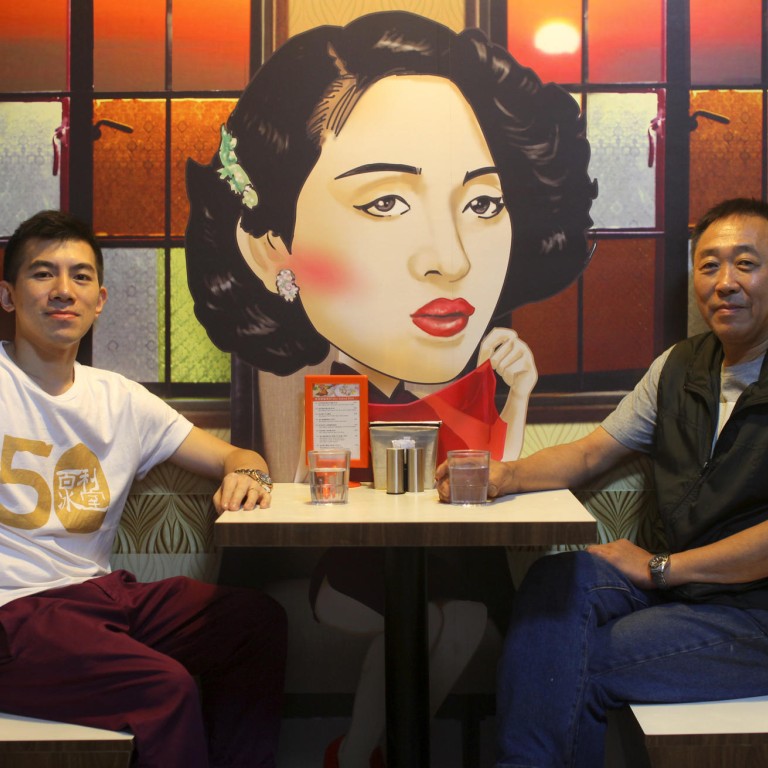
Classic Hong Kong restaurants: Pak Lee Café, Sai Wan Ho
One of the last traditional bing sutt, Pak Lee Cafe puts good service first, keeping diners coming back for more, writes Janice Leung Hayes
At first glance, Hon Man-por wouldn't strike you as a good conversationalist. His eyes constantly dart and when he sits, it's like he's preparing to pounce. "It's an occupational disease you get when you run a [Hong Kong-style cafe]," he says. "You have to be on constant alert to make sure all your customers are happy."
Hon, known to most as Por Gor ("big brother Por"), has been in the bing sutt business since he was 13, starting out as a delivery boy. He now runs Pak Lee in Shau Kei Wan, the cafe his father founded 50 years ago, and its new branch in Sheung Wan.
"Bing sutts are like cha chaan teng, but with less food. People come in for an iced drink to cool down in the summer," says Hon, referring to bing sutt's literal translation as "ice room".

In his 20s, Hon Man-por left home and made a name by speculating in real estate. "I wanted to show my father that I could be a better businessman," he says.
The Asian financial crisis of 1997 changed that, and he soon found himself back at his father's cafe.
Vic Yam Koon-hung, a television director and producer, recently became a business partner at Pak Lee. They met while Yam was filming at the restaurant and became good friends.
Soon, Yam was helping out Hon. "We just want people to feel like they can hang out here. I want young people to continue to appreciate classic Hong Kong culture," Yam says.
Hon agrees: "We just want to preserve a bit of culture in our own small way."
